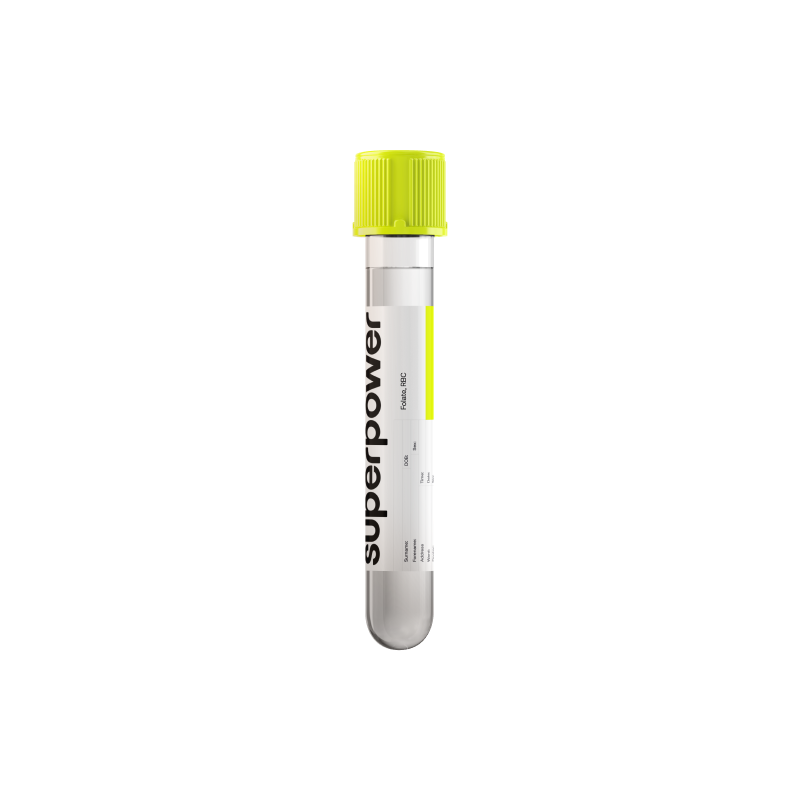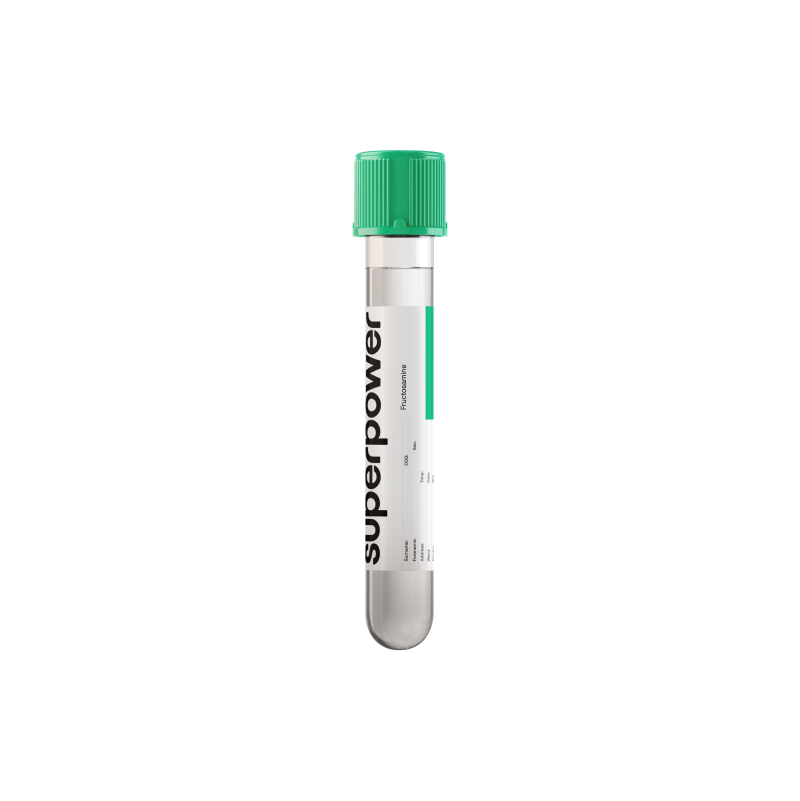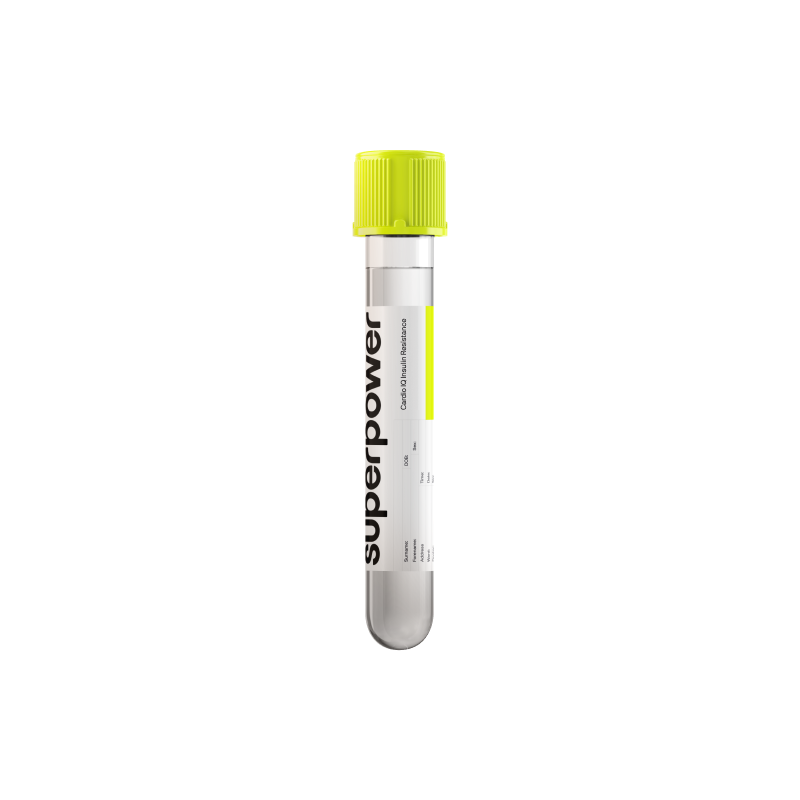Know your Estimated Average Glucose numbers to optimize daily energy, appetite control, metabolic health, and long-term heart, eye, kidney, and nerve protection.
Key Benefits
- See your typical blood sugar over the past 2–3 months.
- Spot prediabetes or diabetes risk when averages run above healthy targets.
- Clarify fatigue, thirst, or frequent urination by linking them to higher averages.
- Guide food, activity, and medication adjustments to reach safer glucose ranges.
- Protect heart, kidneys, nerves, and eyes by lowering long-term glucose exposure.
- Support fertility and pregnancy planning by targeting healthy preconception glucose averages.
- Track 2–3 month trends to confirm your care plan is working.
- Best interpreted with fasting glucose and your meter or CGM readings.
What is Estimated Average Glucose (mmol/L)?
Estimated Average Glucose is a calculated snapshot of your typical blood sugar level over the past few months. It doesn’t come from a direct blood measurement; instead, it is translated from your A1c result, which reflects how much sugar has stuck to hemoglobin in red blood cells (glycation of hemoglobin, HbA1c). Because red blood cells circulate for about two to three months, the amount of attached sugar mirrors your long-term glucose exposure. eAG converts that biology into an everyday “average glucose” number.
It matters because it expresses long‑term glucose exposure in the same terms as daily meter or sensor readings, making the A1c easier to understand. eAG smooths out day‑to‑day swings to show the underlying pattern your tissues experience (chronic glycemic exposure). This is the glucose environment that influences how proteins, blood vessels, nerves, and other organs are affected over time. In short, eAG bridges the lab’s A1c value and the real‑world glucose levels your body has been living with.
Why is Estimated Average Glucose (mmol/L) important?
Estimated Average Glucose translates your hemoglobin A1c into the glucose level your body has been “living in” over the past 2–3 months. It captures total glucose exposure that silently shapes blood vessel tone, nerve function, kidney filtration, retinal health, immune defense, and brain energy supply.
In most adults without diabetes, eAG clusters in the mid‑5s, with day-to-day swings around meals. Optimal tends to sit in the lower‑to‑middle part of this range. Persistent values edging into the upper‑6s suggest prediabetes‑level exposure, and sustained numbers around 7 or higher reflect diabetes‑range hyperglycemia.
When the average dips below the usual range, it often means frequent or prolonged lows. Physiologically, counter‑regulatory hormones surge, the sympathetic nervous system activates, and the brain—highly glucose‑dependent—can falter. People may feel shakiness, sweating, confusion, or have disrupted sleep; severe episodes can provoke seizures or arrhythmias. Children are particularly vulnerable to cognitive and behavioral effects from recurrent severe lows, and pregnancy magnifies maternal risks from hypoglycemia.
Higher‑than‑normal eAG signals chronic glycation stress. Proteins in vessel walls stiffen, endothelium inflames, and filtration units in the kidneys leak; retinal microvessels and peripheral nerves are injured. Thirst, frequent urination, fatigue, blurred vision, slow wound healing, and more infections can appear; women may note more yeast or urinary infections. In pregnancy, elevated averages are linked to fetal overgrowth and hypertensive complications.
Big picture, eAG is a systems biomarker of glucose exposure that complements fasting and post‑meal readings. It integrates lifestyle, insulin action, liver output, and muscle uptake into one risk signal tied to eye, kidney, nerve, and cardiovascular outcomes over time.
What Insights Will I Get?
Estimated Average Glucose translates your A1c into an average blood sugar over the past few months, weighted toward recent weeks. It shows how well your body matches fuel supply to demand through insulin signaling. Stable averages support steady cellular energy, vascular and nerve integrity, kidney and eye health, cognition, immune competence, and reproductive hormone balance.
Low values usually reflect a lower-than-typical average and/or frequent dips in blood sugar (hypoglycemia). This can follow excess insulin exposure, rare insulin-secreting tumors, too little cortisol or pituitary hormone (adrenal or pituitary insufficiency), severe liver disease, undernutrition, or heavy alcohol use. System effects include shakiness, fatigue, irritability, sleep disruption, and in severe cases heart rhythm instability. In pregnancy, eAG can appear low because red blood cells turn over faster, lowering A1c independent of glucose.
Being in range suggests balanced insulin secretion and sensitivity, with modest glucose variability. This pattern is linked to lower microvascular risk (eyes, kidneys, nerves), healthier endothelial function, and more consistent mood and cognitive performance. For most adults, the lowest complication risk tends to occur in the low-to-mid portion of the usual range, provided hypoglycemia is avoided.
High values usually reflect sustained high blood sugar (hyperglycemia) from insufficient insulin action—insulin resistance and/or reduced insulin production. Drivers include type 2 or type 1 diabetes, pancreatic disease, high cortisol or growth hormone, excess thyroid hormone, and glucocorticoid medicines. System effects include protein glycation, oxidative stress, endothelial dysfunction, impaired immunity, fertility and pregnancy complications, and nerve and kidney strain.
Notes: eAG is calculated from A1c and assumes normal red blood cell lifespan. Anemia, hemoglobin variants, kidney or liver disease, recent transfusion, acute illness, and pregnancy can distort it. Different ethnic backgrounds can show different A1c at similar glucose. eAG reflects an average; it cannot reveal day-to-day swings.

.png)

.svg)



.png)
.png)
.png)
.png)








